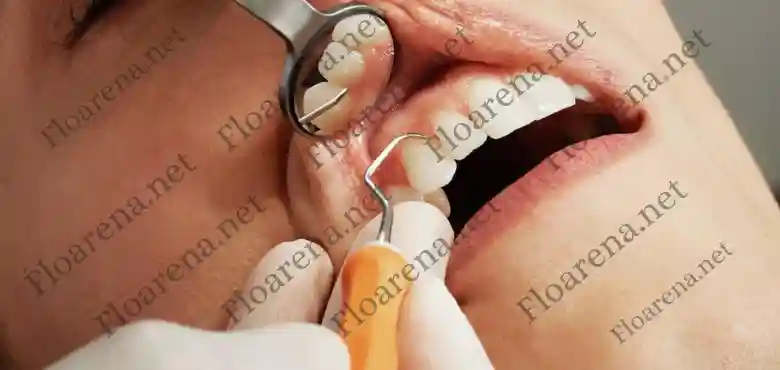In dental health, two terms are often used. They represent distinct perils that can jeopardize our oral hygiene – plaque and tartar.
Understanding the difference between these two dental adversaries is beneficial. It’s indispensable knowledge for anyone who cherishes their pearly whites.
Read on to learn more about the difference between plaque and tartar.
The Silent Invader: Plaque
Plaque consists of a transparent, adhesive layer of bacteria that develops on your teeth following the consumption of sugars or starches. We can find it in our daily diet, which tends to harden within a day.
The bacteria in plaque produce acids that can damage tooth enamel. It leads to cavities. If plaque is not removed from teeth, it mineralizes into tartar.
This is a much harder substance that cannot be brushed away. Plaque is akin to a ninja – silent, swift, and insidious.
Prevention and Treatment of Plaque
The key to preventing and treating plaque-related issues lies in simple practices. Regular brushing and flossing can remove plaque before it takes a toll on your teeth. Ensuring a healthy and radiant smile for years.
The Calcified Consequence: Tartar
Tartar is the yellow or brown mineral deposit on teeth called dental plaque. It has been left undisturbed on the teeth for some time.
Tartar is more than a stain; it’s a cement-like buildup that can only be removed by a dental professional. It’s porous and can absorb stains, making it more noticeable on your teeth.
Preventing Tartar Buildup
Good oral hygiene can help to prevent plaque from building up and hardening into tartar. It’s vital to maintain regular dental check-ups, usually every six months, for cleanings and advice on how to keep tartar under control.
Professional Intervention
A trip to the dentist is essential to warfare against tartar. Dental professionals have the tools and techniques to keep plaque at bay. This is by thorough cleanings and advice tailored to individuals.
Regular dental cleanings play a critical role in preventing the progression of plaque and tartar on teeth. During a cleaning, a dental hygienist meticulously removes tartar deposits using specialized tools.
Self-defense: Oral Hygiene Habits Can Make or Break the Battle
Diligent daily oral hygiene is a frontline defense against plaque and its evolution into tartar. This includes:
- brushing twice a day with fluoride toothpaste
- flossing daily
- using an antiseptic mouthwash
This can maintain a clean mouth environment that is hostile to plaque. The food and drink we consume can fuel or foil plaque production.
Opting for a diet low in acidic and sugary can help starve the plaque-causing bacteria. It prevents them from multiplying and generating harmful acids.
Technological Advances in Plaque and Tartar Control
The dental industry is witnessing a revolution in the tools and methods developed to combat plaque and tartar. From electric toothbrushes equipped with plaque-detecting sensors to ultrasonic scaler devices that make tartar removal a breeze, many innovative solutions are worth exploring.
Advancements in scientific research are shedding light on new oral health trends, such as using nano-materials to construct better toothpaste.
Understanding the Difference between Plaque and Tartar
Understanding the difference between plaque and tartar is akin to deciphering an age-old puzzle. Yet, our proactive steps to maintain optimal oral hygiene are the real victory.
By making informed choices in our daily habits, seeking professional dental care, and staying abreast of the latest in dental science, we can ensure that plaque and tartar remain mere footnotes in our dental history – not the leading causes of cavities and periodontal diseases. For more helpful tips, check out the rest of our site today






